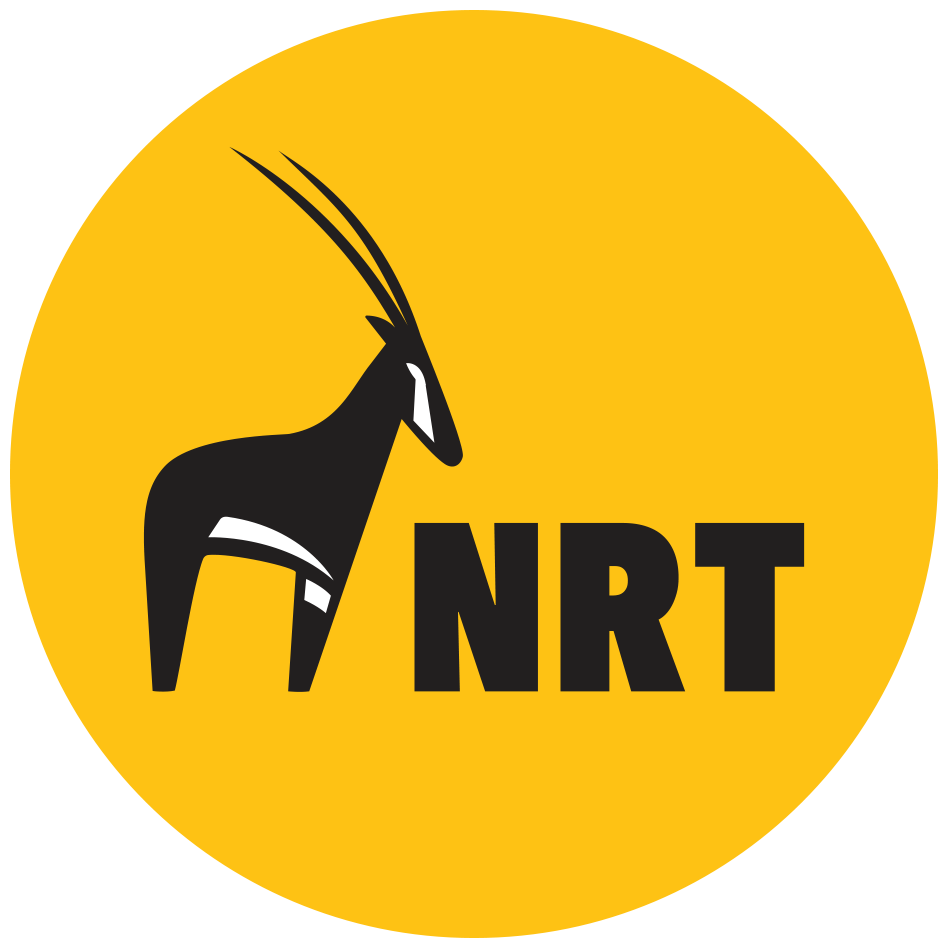Drought-related Wildlife Mortality High in 2021
An elephant calf that fell in a well in Kalepo Conservancy. Photo/ Stephen Chege/NRT
Last year was one of those exceptional prolonged dry periods that regrettably resulted in wildlife mortality and economic loss for communities in Northern Kenya.
With little to no rainfall in some regions for over 18 months, dating back to late 2020, the landscape was unable to recover, leaving no refuge for wildlife, people, or livestock.
All vegetation had been depleted, severely impacting wildlife, particularly giraffe, orphaning elephants desperate for water, resident and the critically endangered Hirola antelope in the Ishaqbini Hirola sanctuary along with other grazing species, taking a toll on wildlife conservation, as a whole.
Water scarcity intensified human-wildlife conflict, resulting in the death of 50 elephants across the NRT landscape in human-elephant conflict.
2021 reported a high percentage of deaths due to natural (37%) and unknown (39%) causes. Conflict-related deaths remain prevalent, particularly in Namunyak (Kalepo, Nalowuon) and Naibunga-Lower conservancies.
"Elephants congregate where there is water," explains Anthony Wandera, NRT's wildlife lead. "This is inevitably where settlements are, causing conflict."
A dry landscape within Kipsing, Nannapisho Conservancy.
Poaching of ivory in the Mathews Ranges in Namunyak- Ngilai Community Conservancy remained low. Ntop Lobokat, South Turkana national reserve, and Marsabit were two places where trophy poaching took place outside of NRT member conservancies.
Despite a low PIKE (Proportion of Illegally Killed Elephants) of 25%, 2021 had higher mortalities than 2009, which was also a similar drought year.
Sera Rhino Sanctuary, like the Hirola Sanctuary, was one of the lowest rainfall regions, and as a result the sanctuary's forage was exhausted, prompting NRT to intervene and supply hay and lucerne for the grazing species.
Sera Community Conservancy rangers distributing hay grass within Sera Rhino sanctuary
Buffalo, impala, zebra, eland, and giraffe were among the wildlife species affected, with the majority of them being saved from starvation thanks to the intervention.
The release of 64 Hirola antelope, which reduced the sanctuary's population by half from about 140, provided the sanctuary's resident species a chance to survive the drought.
Vaccinating livestock against diseases that could have spread to the weakened Hirola was one of the measures we took.
"Had we not intervened, we would have lost a lot of wildlife," Wandera adds.
As a result of dry conditions, NRT and its partners also halted wildlife translocations last year.



